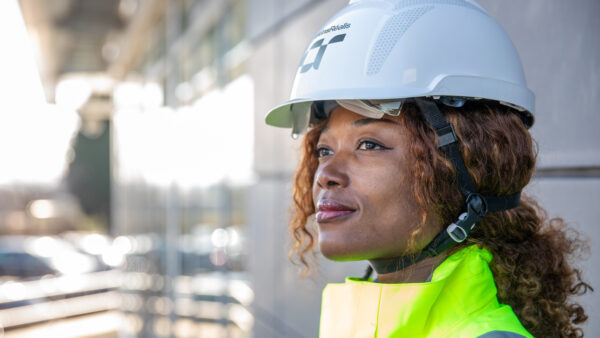Central Japan Railway has begun construction of the first station for the $90bn Chuo Shinkansen, its ultra-high-speed maglev train link that will eventually connect the Japanese capital with Osaka, its third largest city.
The station is to be dug 40m below Shinagawa station, a major railway junction in the south of Tokyo.
Work on the terminal will take more than a decade to complete, as will the digging of tunnels through the south Japanese Alps. For safety reasons the line must be as straight as possible, and this means that as much as 90% of its 500km length will be underground.
The $47bn first phase of the line will stretch 290km to the central city of Nagoya.
Central Japan Railway Company has announced that there will be four intermediate stations on the route, at Sagamihara, Kofu, Iida and Nakatsugawa.
When complete, trains will travel at about 500km/h, compared with the conventional Shinkansen’s maximum operating speed of 320km/h. This will cut the journey time between Tokyo and Osaka to one hour from the current six hours by car and two hours by train.
Japan Railways estimates that the line will attract 88 million passengers a year, with 72 million of them shifting from the existing Tokyo-Osaka line, which is the busiest high-speed line in the world, with 143 million passengers a year.
The company says it will pay the bulk of the cost of the line itself, using cash generated by the Shinkansen link.
The final stage to the line, to Osaka, is expected to be complete by 2045.
Photograph: The Chuo Shinkansen’s eastern terminus will be inserted beneath Shinagawa station (Aimaimyi/Wikimedia Commons)
Comments
Comments are closed.







The Japanese and Americans are pressing on with Maglev while we struggle on with HS2 which will not be running until 2025/6 at the earliest well over 50 years since the first High speed train was introduced in Japan.
High speed trains have became commonplace in Europe and China in the later part of the 20th century.
So why bare we not designing and constructing a Maglev route to the Midlands? It will allow us to keep up with the Japanese, Chinese and Americans we can also export the technology to others. If we do not, when we do get around to Maglev we will have no choice but to import the skills and hard-wear from outside the UK.
Russian Railways and Railway Research Institute (VNIIZhT) research team also aim to present the concept for the vacuum – levitation high speed train by the end of 2016.
Last year, 2016, high speed rail transported over 2 billion people, 2/3 rds, 66% as much as the world’s airlines, with a clean disruption, third industrial revolution, roaring twenties situation very near, heroic engineering will return. Projects like the Japanese magnetic levitation train tunnel network, will be able to be accelerated. Particularly if say Elon Musk’s new boring machines turn out to be significantly cheaper per km and if vacuum tunnel magnetic levitation, allows for significantly faster running times. With lower energy consumption, as more than half of the energy used by magnetic levitation trains, is air resistance, the Chinese have achieved 3,000 km/h, in experiments. If Australia is 3/4 ie 75% desert and 1/4 ie 25%, of that can produce a trillion tons of liquid hydrogen, with the price of solar power now cheaper than coal, capital flows will change.
The Swiss Alps rail tunnel, shows that mountains can be traversed, the Himalayas rail tunnel, with a total population of around 2.5 billion people on either side, is doable. However airlines will be able to fight back, with liquid hydrogen, or electric, composite structure aircraft, but energy wise, they face much greater air resistance, than even partially air evacuated, magnetic levitation train tunnel networks. Which can more easily achieve hypersonic speeds, far more easily, we’ve seen high speed rail, go to South Korea, Taiwan, China, Turkey, Poland, through the Swiss Alps, more than doubling it’s market share, mostly in the last decade, now for the next phases in the roaring twenties.